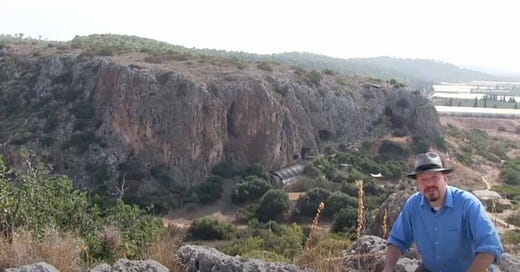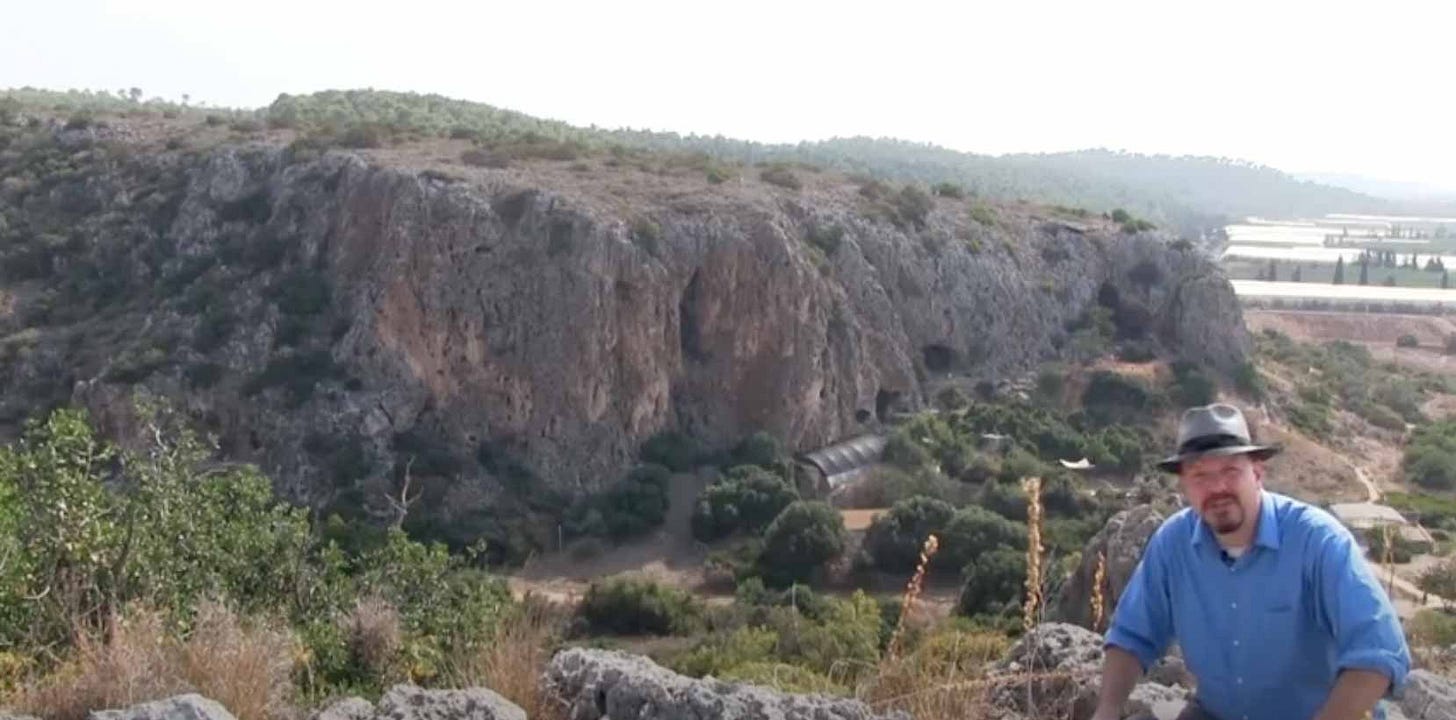Becoming human: Presentation on Mount Carmel sites and cultural origins
A visit to Israel occasions reflections on the cultural evolution of humans and Neandertals.
As I prepared my massive open online course, I had the chance to travel to Israel for the opening of the Nahal Me'arot UNESCO World Heritage Site.
This wadi emerging from Mount Carmel is the location of three important archaeological sites. Tabun Cave has an archaeological sequence that spans nearly 300,000 years. Its layers provide a key for stone tool industries across the Levant. Skhūl is a cave site that has brecciated terraces with archaeological material and burials of early modern humans, roughly 100,000 years old. El Wad is a site with abundant evidence of Natufian and later occupation.
I took the occasion to reflect on the development of cultural adaptations to the same landscape by different populations over the last 100,000 years.




